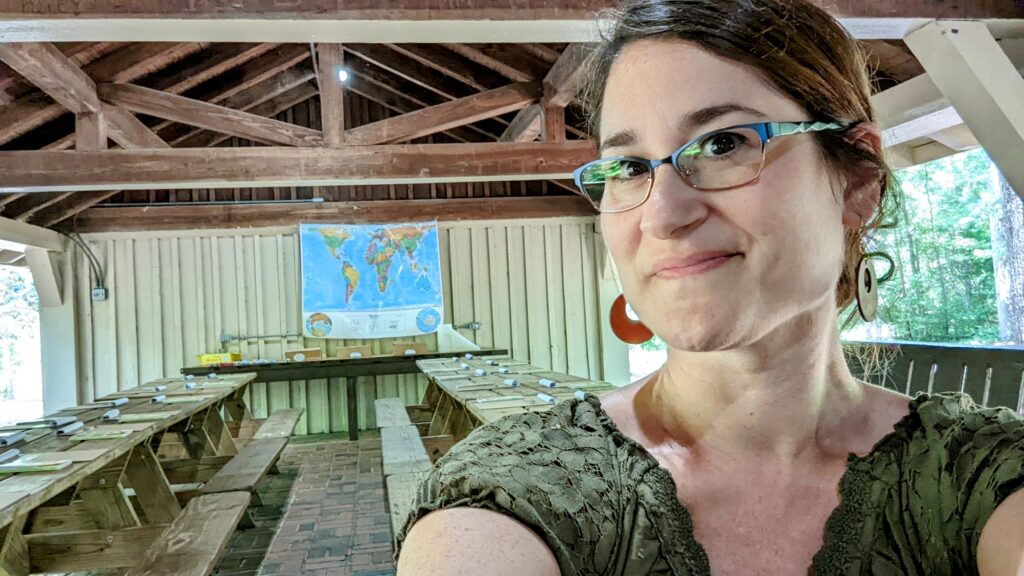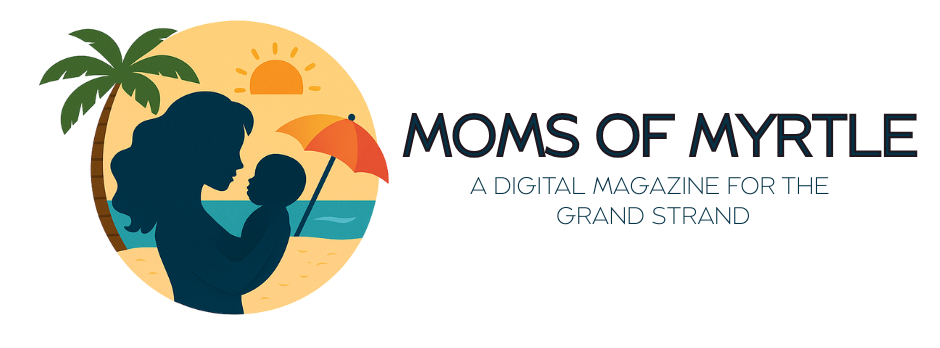horry county schools: quick overview
Guest post written by Jess Alfreds the founder and director of Carolina Kids Co-Op in Myrtle Beach, South Carolina.
WHAT SCARES PARENTS & FILLS UP MY INBOX | As the Director of a Homeschool Association in Horry County, parents often reach out to me when something dramatic happens at the county’s public schools. When third-graders at one school were given calculators to use in math class because, according to their teacher, they “can’t learn their times tables”, I woke up to a full voicemail box from parents who wanted to know what homeschooling was all about.
The same thing happened when an autistic student in our district broke a bone and the school neglected to call home. And when a 5 year-old was left on the curb instead of at daycare while both of his parents were at work. And when two middle school students threatened to carry out a school shooting. And when a gun was found in the backpack of a first grader. And when an elementary school principal and teacher were arrested just a few months ago on charges related to child abuse and neglect. Each time another horrific school shooting occurs anywhere in the country, my inbox is overflowing by morning with emails from exasperated parents who want to give homeschooling a try.
THE NECESSITY OF FREE PUBLIC EDUCATION | I’m always conflicted when I speak to these parents. While I am fully invested in homeschooling my child and helping others do the same, I do believe in public education. I am a product of public schools. My life was made immeasurably better by having a few good teachers and I’m sure that the same thing I happening for other kids in public school every day.
For every alarming news story, there are far more success stories that we’ll never hear about. For most residents of Horry County, deciding how to educate their children is a no-brainer; more than 90% use one of the 54 public schools. To consider alternatives requires privileges many just don’t have. And the truth is, while an alternative education may be the exact right thing for many families, it can also be the wrong thing for others. Free public education needs to be protected.
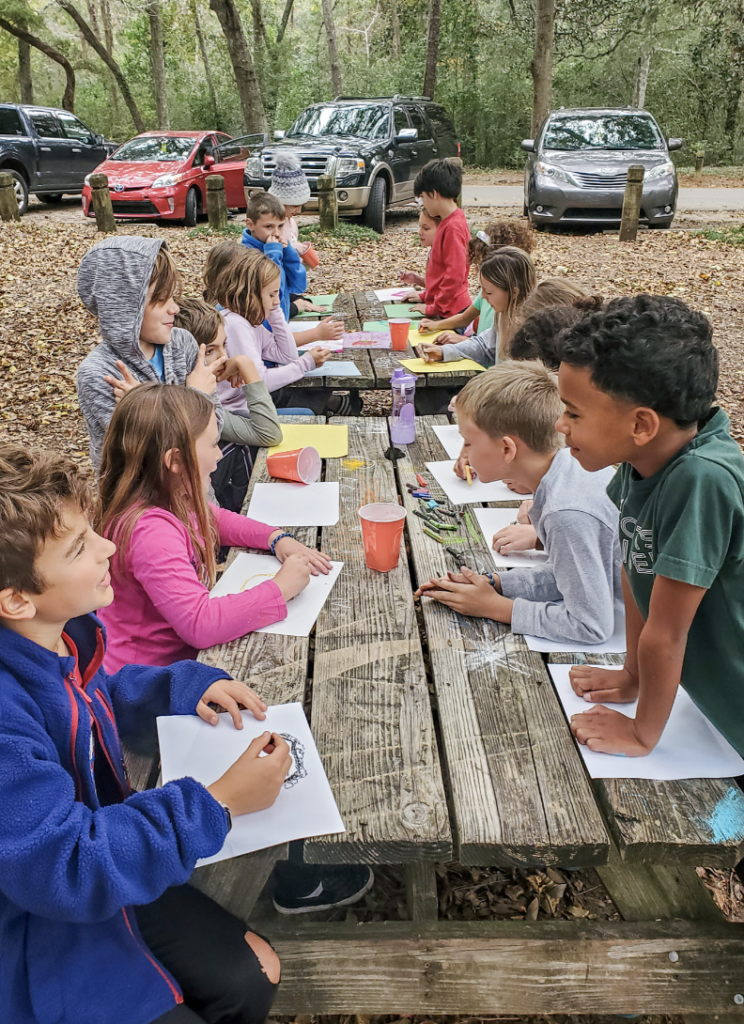
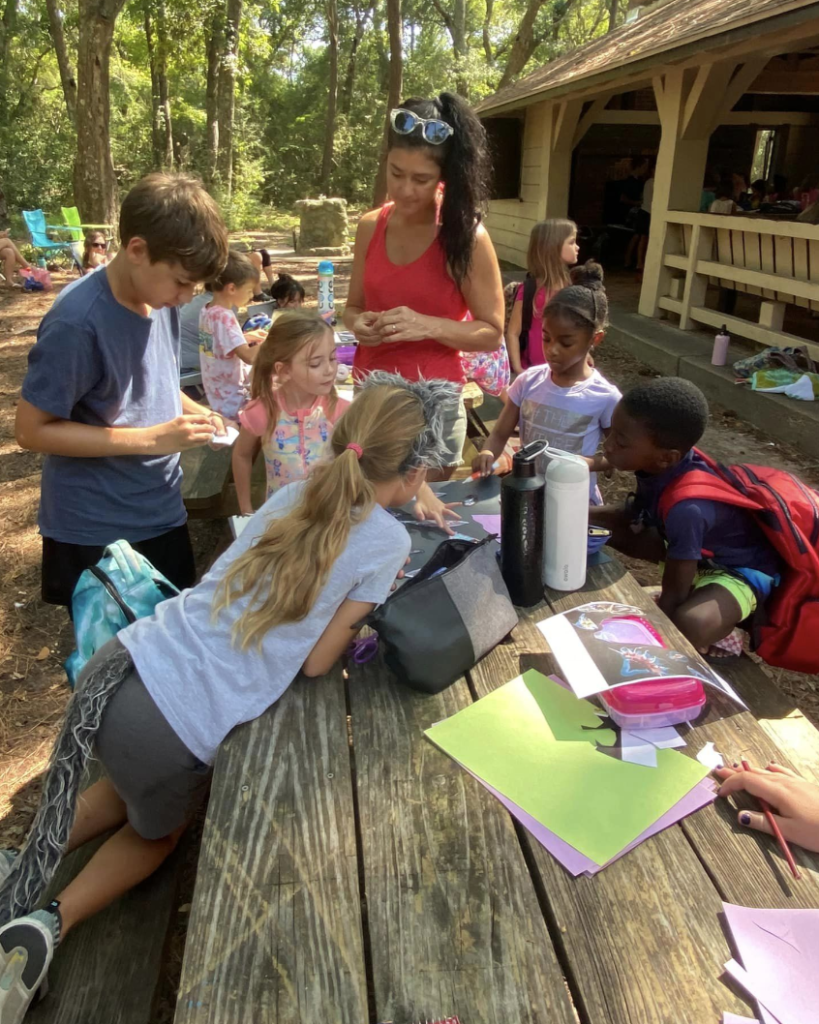
HISTORY OF SC PUBLIC SCHOOLS | South Carolina’s struggles with education are nothing new. Generational poverty, overcrowding, past and present racial inequalities, low expectations, shortcomings in early literacy programs, and traditional focus on agriculture over formal education have all been serious obstacles. For literally centuries, teachers, administrators, custodians, coaches, counselors, and cooks have held our schools together through every type of adversity. They continue to fight against the tide of poverty, inequality, inadequate funding for supplies and infrastructure, threats of violence, and often a lack of support and appreciation.
I want to talk to you about the schools that are having success, the inspiring educators, the specific issues facing each district, and what to do when your public school just isn’t working for you, but first we should take a hard look at where we are and how we got here.
THE VERY, VERY BEGINNING | Public, formerly known as “common”, schools became prevalent in the Carolinas after the Civil War. One of the many radical ideas in the 1868 Constitution of South Carolina, spear-headed by Congressman Robert Smalls, was the stipulation that education should be free and accessible for all residents of the state, black and white, rich and poor. Congressman Smalls, a remarkable man born into slavery in Beaufort County, saw state-protected free education as the path forward for millions of newly freed former slaves. As a means to accomplish the goal of public education, a new school tax was enacted along with a $25,000 grant from the state government earmarked for the “support of free schools.” These funds were to be handed out proportionate to the number of school-aged children in each district. By 1870, there were over 30,000 children attending South Carolina’s public schools.
OUR BOARD OF DIRECTORS & SUPERINTENDENT | From their inception, our public schools have been governed at the state level by a Board of Education, and managed locally by school districts and school boards made up of elected community members. Currently, our district is governed by a 12-person board of education. Members are elected and serve a four-year term. The board is responsible for hiring a Superintendent; an experienced educator who serves as their advisor. The Superintendent can be thought of as the CEO of the district. Our Superintendent, Rick Maxey, has been Principal of both Carolina Forest High School and Conway High School, and earned a doctoral degree in Educational Leadership.
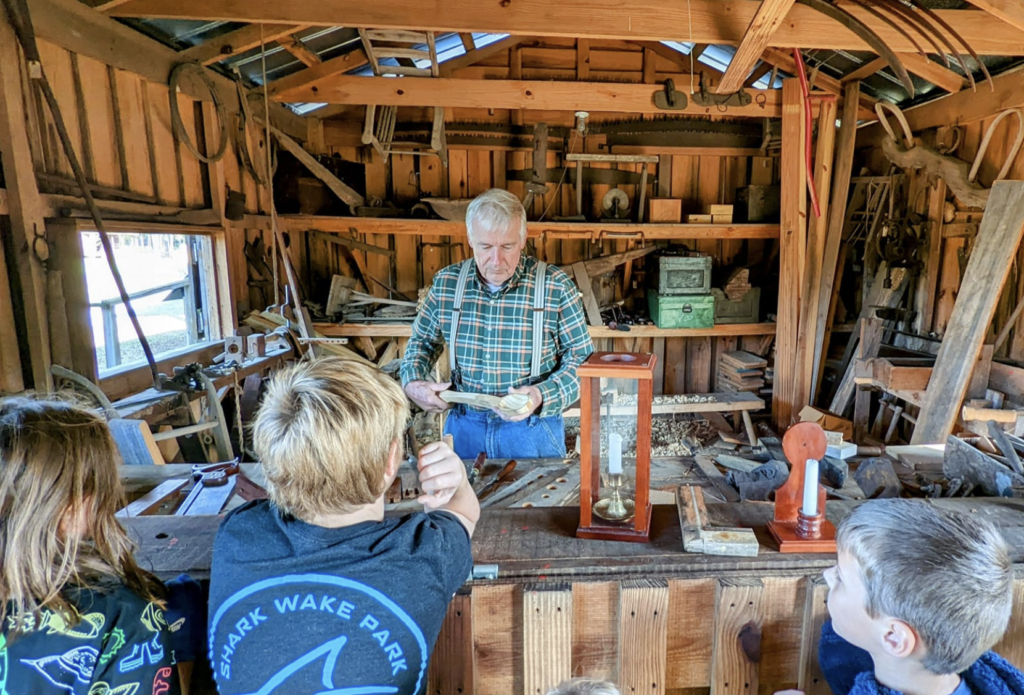
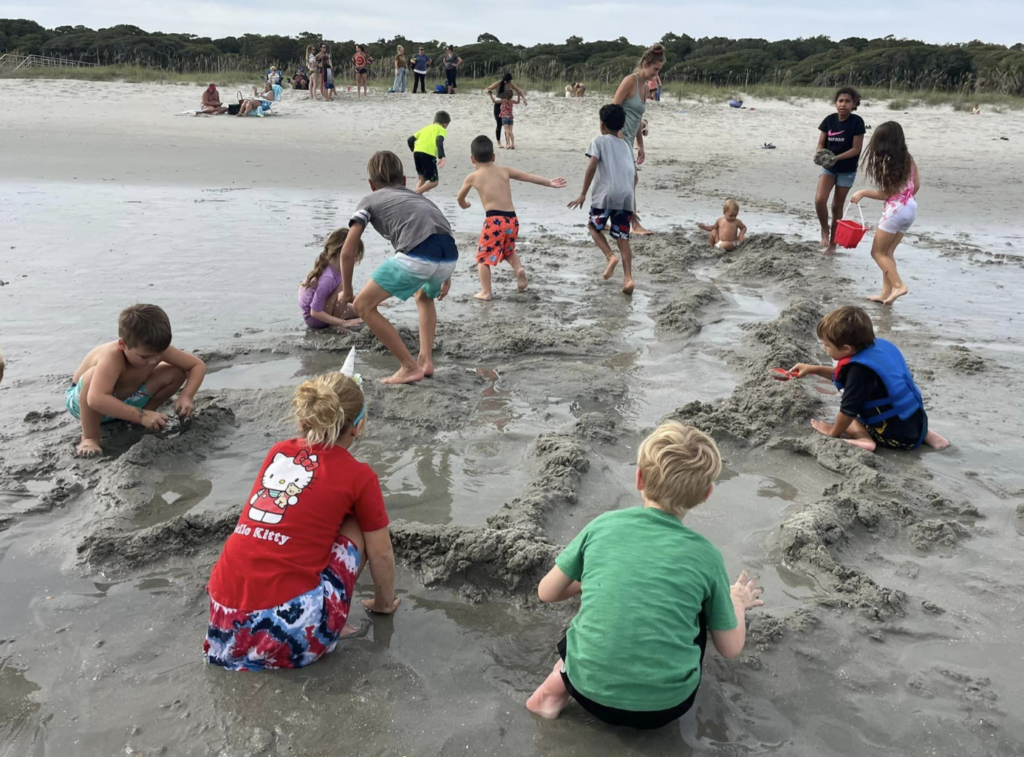
SOUTH CAROLINA COMPARED TO NATIONAL | Compared to many other states, South Carolina has consistently chosen to allocate fewer resources to public education. Not surprisingly then, we consistently rate among the lowest-performing schools nationwide. Even if you take standardized test ratings with a grain of salt, the results are too steady to ignore. Historically, we were a state dependent on agriculture, and farm-work took precedence over school-work. During the Great Depression, 80% of our state’s high school graduates left to find work elsewhere, leaving behind a disproportionate number of citizens without a formal education.
During the 1950s and 60s, so much energy was spent on resisting integration that academic success took a back seat. In the 1980s and 90s, South Carolina’s students scored the lowest in the nation on the SAT exam, the standard college entrance exam, and schools began to lower expectations in the classroom, “softening” the curriculum. In the early 2000s test scores began to rise, but did education improve or did we simply expect less?
THE NEW CHALLENGES IN HORRY COUNTY: POPULATION GROWTH | We can see that South Carolina is changing rapidly. Nowhere is that more evident than in Horry County. The population here has increased by almost 40% since 2010. This is in a school district that is not among the top-rated in the state; a statistic that gains importance when you consider that South Carolina’s education system as a whole is consistently ranked somewhere between 43rd and 49th in the country. With a mix of old and new issues, we find ourselves in the midst of a perfect storm.
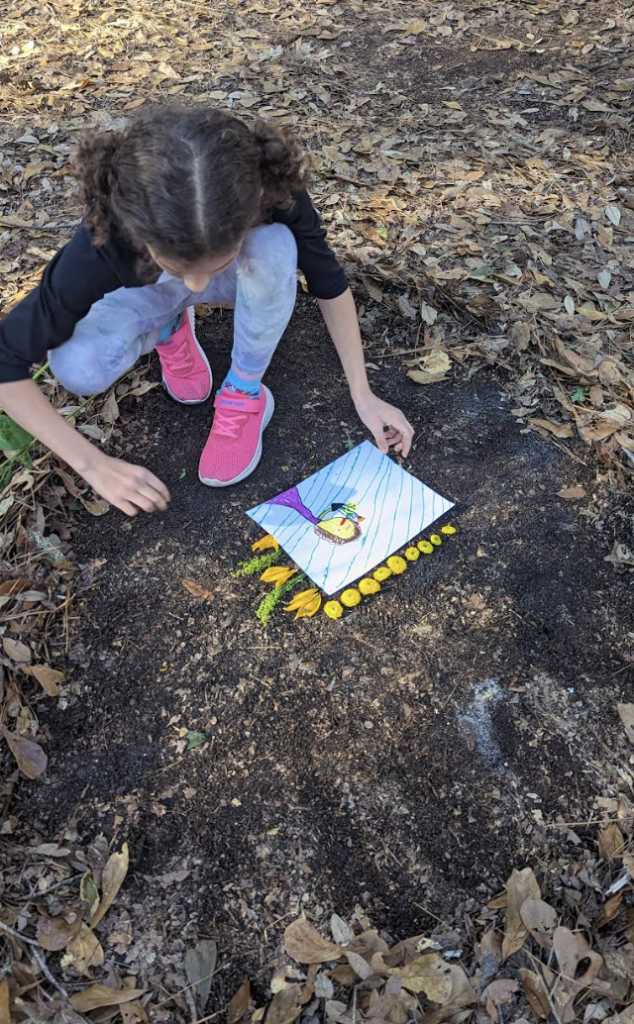
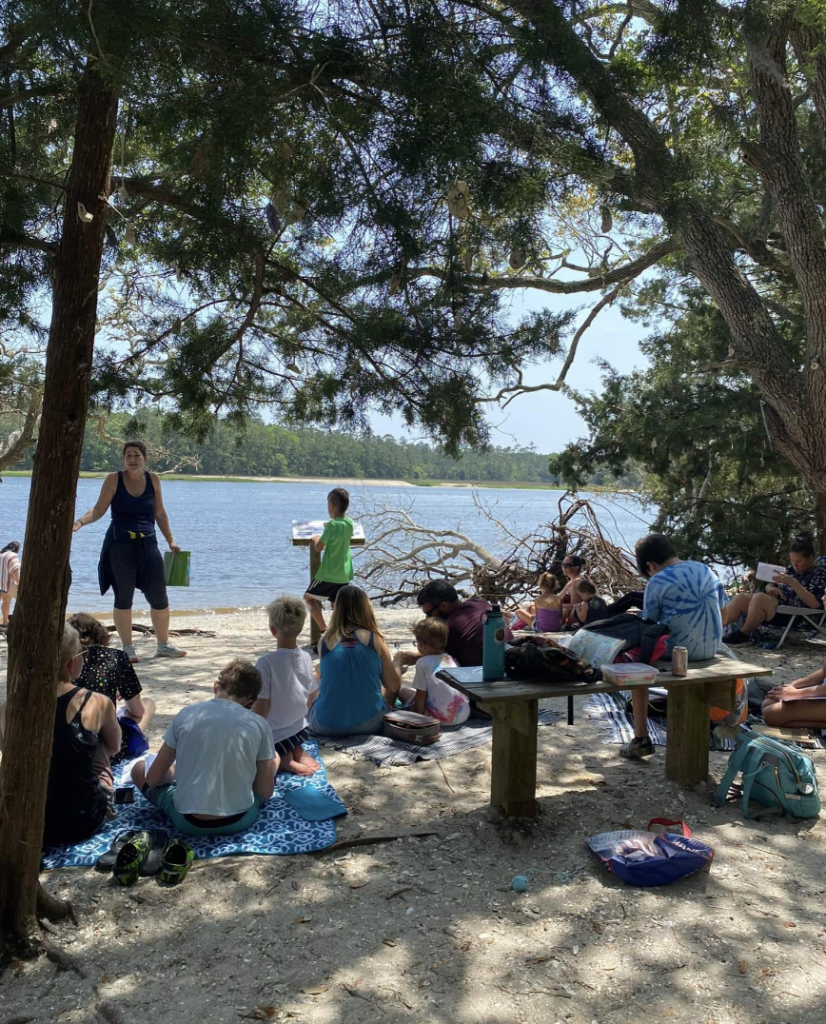
KEY STATISTICS AND PERFORMANCE MEASURES
• 89 weapons were confiscated from students inside of Horry County public schools during the 2018-19 school year. This was nearly double from the year before. (More recent statistics are not available due to the COVID school shutdowns).
• Horry County Schools is the 3rd largest district in the state with 46,000+ students.
• Half of our schools are over capacity, with hundreds of additional students enrolling next year. This is disproportionally affecting elementary schools in the Carolina Forest, St James, Socastee and NMB attendance zones.
• 42% of the children attending are at or below the poverty line (a family of 3 making less than $25,000 per year is the definition of poverty in Horry County). This is important to note because a majority of school funding comes from income taxes.
• 83.1% of high school students in Horry County successfully graduate (compared to 83.8% statewide and other high-performing districts in the state which are between 88-95%).
• 60% of the district’s schools rank as “excellent” or “good” on the SC Schools Report Card metrics. More info about that below.
school performance metrics
The SC School Report Card is a great website to view overall school ratings. The info includes factors such as: academic progress, college & career readiness, safety, graduation rates, and the overall environment. In the most recent report, 60% of the district’s schools were rated excellent or good. This is another good site to understand what mastery of each subject looks like for each grade level.
Here is a link to the 2022 Annual Report for Horry County Schools and a note from the Superintendent.
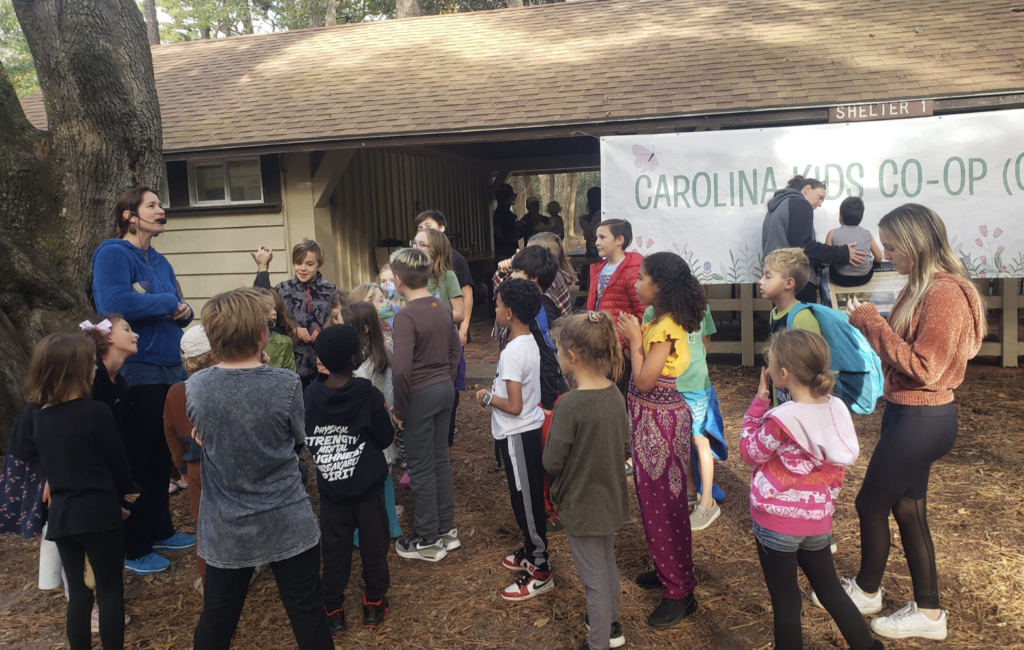
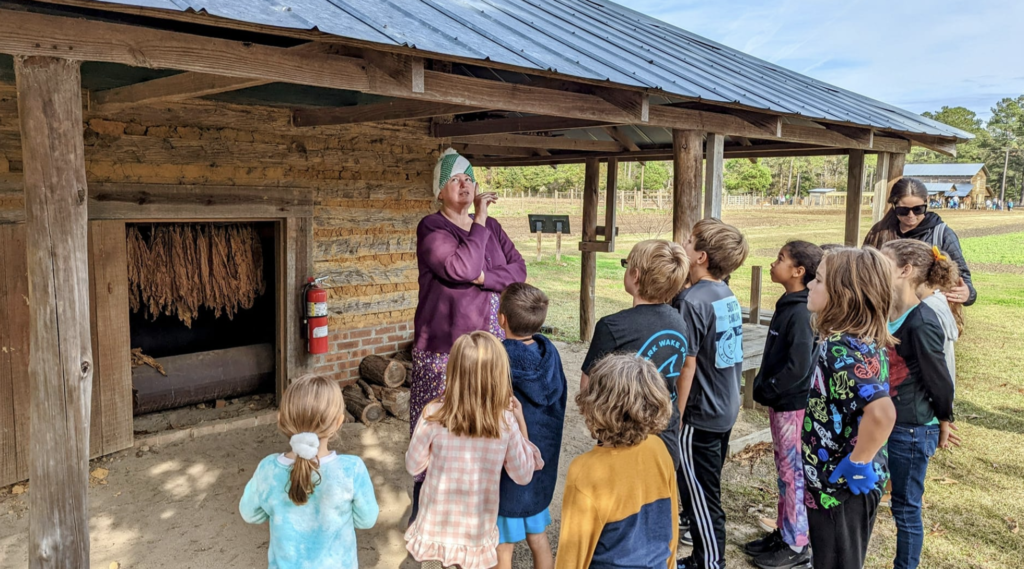
THE WORK TO IMPROVE PUBLIC EDUCATION & EXISTING ALTERNATIVES | We need to have a real talk about public education. For too many students, it’s not working. The pandemic helped to spark the beginning of an education revolution. In many ways, the uniformity of the public schools is problematic. Education should not be a one-size-fits-all experience. I am so thrilled to see the creative takes on schooling that have popped up in recent years. If we work together, we may be able to offer each child the type of education he or she needs and deserves.
In my next article, I’ll talk about the 10% of Horry County parents who made a different choice. The religious schools, the homeschoolers, the unschoolers, the pods, the nature schools, the virtual schools, the charters, and the private schools. Let’s continue the conversation.
